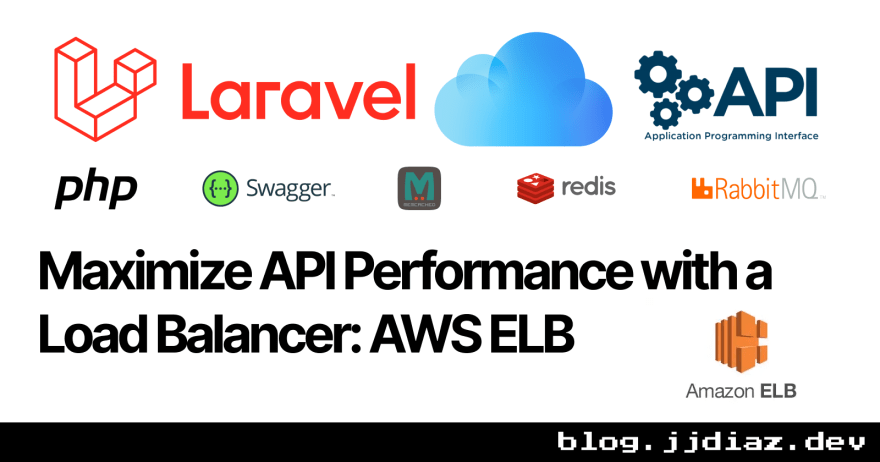AWS Elastic Load Balancer ( ELB ) is a load balancer provided by Amazon Web Services (AWS) that enables you to distribute incoming requests across multiple servers, improving the scalability and reliability of your Laravel API. In this post, we'll look at how to set up and use an ELB load balancer with a Laravel API.
To set up an ELB load balancer, you'll need to have an AWS account and some servers set up to handle the incoming requests. You can use Amazon EC2 instances or any other servers that are running a supported operating system. You'll also need to ensure that your servers are properly configured to handle incoming requests, such as installing and configuring a web server and deploying your Laravel application.
Once you have your servers set up and ready to go, you can create an ELB load balancer using the AWS Management Console or the AWS CLI. To create an ELB load balancer using the AWS Management Console :
Go to the EC2 dashboard in the AWS Management Console.
Click on the Load Balancers menu item in the navigation pane.
Click the Create Load Balancer button.
Select the Application Load Balancer type and click the " Create" button.
Follow the prompts to configure your load balancer, including selecting the protocol and port, adding listeners, and selecting the target groups.
Click the " Create" button to create your load balancer.
Once your ELB load balancer is created, it will automatically start distributing incoming requests to your servers based on the configured protocol and port. You can view the status of your load balancer and the requests being handled by your servers in the AWS Management Console.
You can also use the AWS CLI to create an ELB load balancer. To create an ELB load balancer using the AWS CLI :
Install the AWS CLI on your local machine.
Configure the AWS CLI with your AWS credentials using the
aws configurecommand.Run the following command to create an ELB load balancer:
aws elbv2 create-load-balancer --name my-load-balancer --type application --scheme internet-facing --ip-address-type ipv4
Replace my-load-balancer with the desired name for your load balancer. You can also use the --type and --scheme options to specify the type and scheme of your load balancer.
Once your ELB load balancer is set up and running, you can start using it to distribute incoming requests to your Laravel API. Your Laravel API will automatically receive the incoming requests and handle them as usual, with the added benefit of being able to scale to handle a larger number of requests thanks to the load balancer.
Overall, using an ELB load balancer can be a powerful way to improve the scalability and reliability of your Laravel API. By distributing incoming requests across multiple servers, an ELB load balancer can help ensure that your API can handle a large number of requests without breaking down. Whether you use the AWS Management Console or the AWS CLI to set up your ELB load balancer, implementing a load balancer can have a significant impact on the performance and reliability of your Laravel API.







Top comments (0)